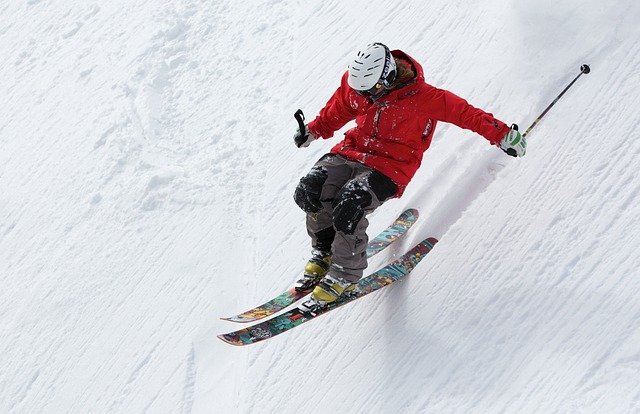How Ski Clothing and Helmets Keep Skiers Comfortable
Ski clothing and helmets are designed to help skiers enjoy the slopes comfortably. This article explains different layers of clothing, materials used, and the ways helmets fit and work. Learn how skiers choose gear to stay warm and move freely while exploring snowy mountains.

What Makes Ski Clothing Effective for Temperature Control
Ski clothing operates on a layering system that manages body temperature through moisture-wicking and insulation properties. Base layers made from synthetic materials or merino wool pull sweat away from the skin, preventing the cooling effect of wet fabric against the body. Mid-layers provide insulation through trapped air pockets, while outer shells protect against wind and precipitation. This three-layer approach allows skiers to add or remove clothing based on weather conditions and activity level, maintaining optimal body temperature throughout the day.
How Ski Jackets Protect Against Mountain Weather
Ski jackets incorporate waterproof and breathable membranes that block external moisture while allowing internal vapor to escape. These technical fabrics prevent rain and snow from penetrating the garment while releasing perspiration that builds up during physical activity. Features like sealed seams, adjustable hoods, and powder skirts create additional barriers against the elements. Ventilation zippers under the arms and along the torso provide temperature regulation options when conditions change or activity intensity increases.
Why Ski Pants Design Matters for Mobility and Warmth
Ski pants balance protection with performance through strategic design elements that accommodate the dynamic movements of skiing. Articulated knees and gusseted crotches allow full range of motion without restriction while maintaining insulation coverage. Reinforced areas at the knees and seat provide durability against impacts and abrasion from falls or equipment contact. Internal gaiters and boot interfaces prevent snow entry while maintaining the integrity of the layering system from waist to boots.
How Ski Helmets Enhance Comfort Beyond Safety
Ski helmets provide comfort benefits through advanced ventilation systems that regulate head temperature during varying activity levels. Adjustable vents allow skiers to control airflow based on weather conditions and exertion, preventing overheating while maintaining warmth when needed. Moisture-wicking liner materials keep the head dry by moving perspiration away from the scalp. Modern helmet designs also accommodate goggles seamlessly, eliminating gaps that could allow cold air or precipitation to reach the face and eyes.
What Role Does Skiing Gear Play in Overall Comfort
Skiing gear extends beyond basic clothing to include accessories that complete the comfort equation on the mountain. Gloves and mittens with waterproof exteriors and insulating interiors protect hands while maintaining dexterity for equipment handling. Appropriate socks made from moisture-wicking materials prevent blisters and cold spots inside ski boots. Face masks and neck gaiters provide additional protection for exposed skin areas that standard clothing cannot cover effectively.
Comparing Popular Ski Clothing and Helmet Options
| Product Type | Brand Example | Key Features | Price Range |
|---|---|---|---|
| Ski Jacket | Patagonia Snowshot | 3-layer Gore-Tex, powder skirt | $300-400 |
| Ski Pants | Arc’teryx Sabre | Articulated design, reinforced areas | $250-350 |
| Ski Helmet | Smith Vantage | MIPS technology, adjustable vents | $150-250 |
| Base Layer Set | Smartwool Merino 150 | Natural odor resistance, moisture-wicking | $100-150 |
Prices, rates, or cost estimates mentioned in this article are based on the latest available information but may change over time. Independent research is advised before making financial decisions.
Understanding Fabric Technologies in Modern Ski Wear
Modern ski clothing incorporates advanced fabric technologies that enhance comfort through improved performance characteristics. Synthetic insulations like PrimaLoft and down alternatives maintain warmth even when wet, while natural down provides superior warmth-to-weight ratios in dry conditions. Membrane technologies such as Gore-Tex and eVent offer different approaches to waterproofing and breathability, with each system optimized for specific skiing conditions and user preferences. These technological advances allow manufacturers to create lighter, more comfortable garments without sacrificing protection or durability.
Proper ski clothing and helmets create a microenvironment that maintains comfort regardless of external mountain conditions. The integration of moisture management, insulation, and weather protection systems allows skiers to focus on performance rather than discomfort from environmental factors. Investing in quality skiing gear designed for specific conditions and activities ensures optimal comfort and safety during winter sports participation.




